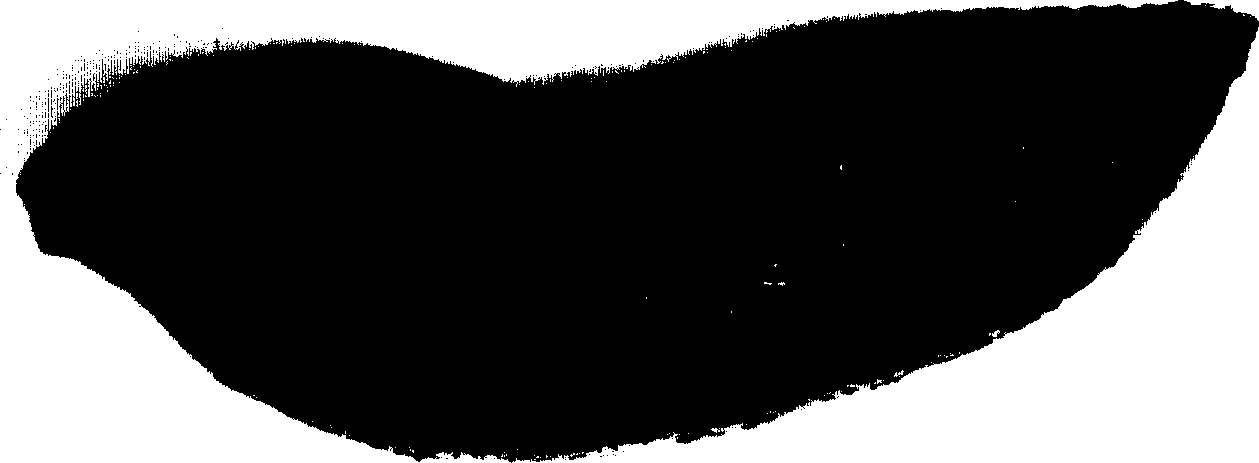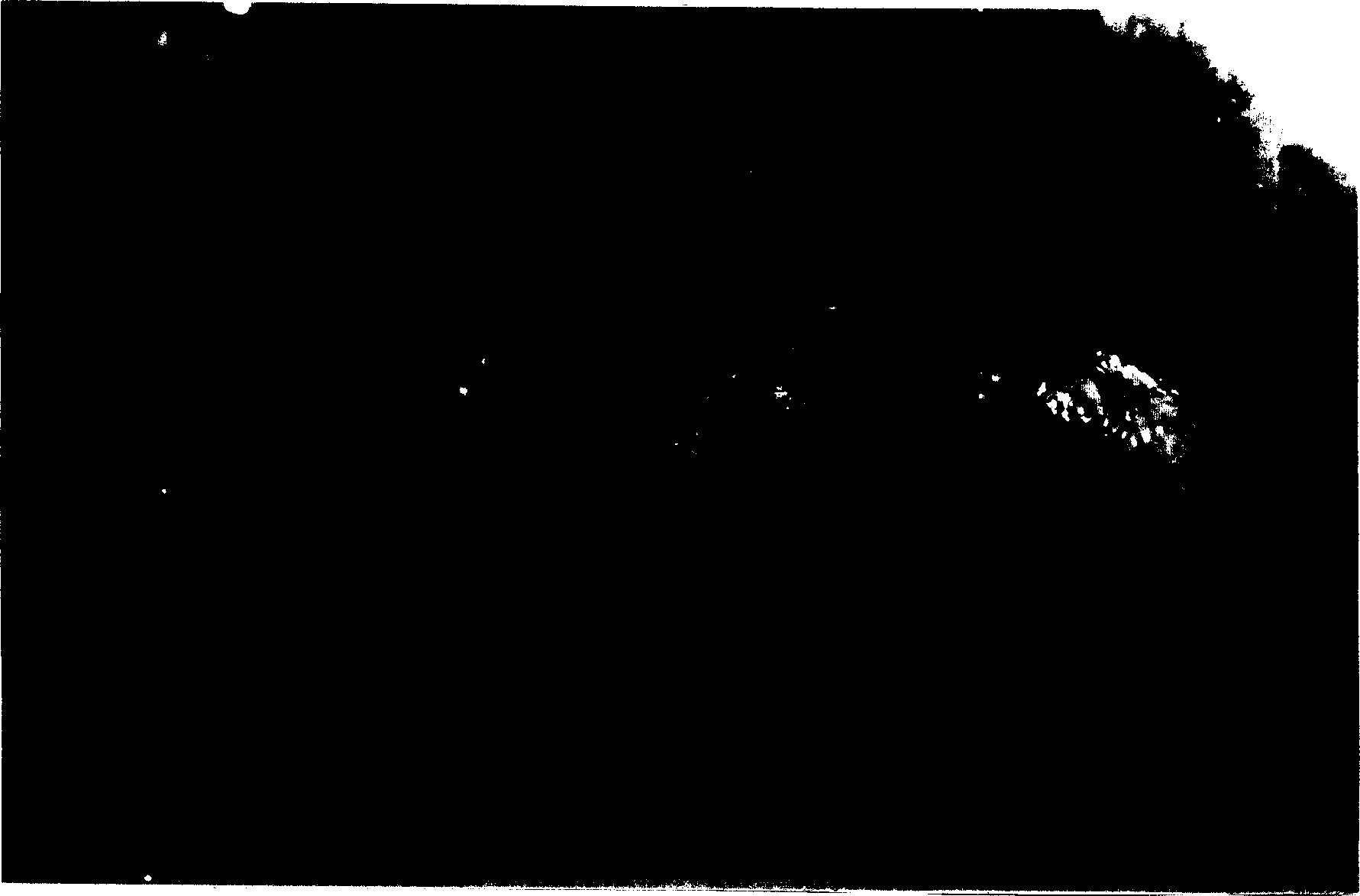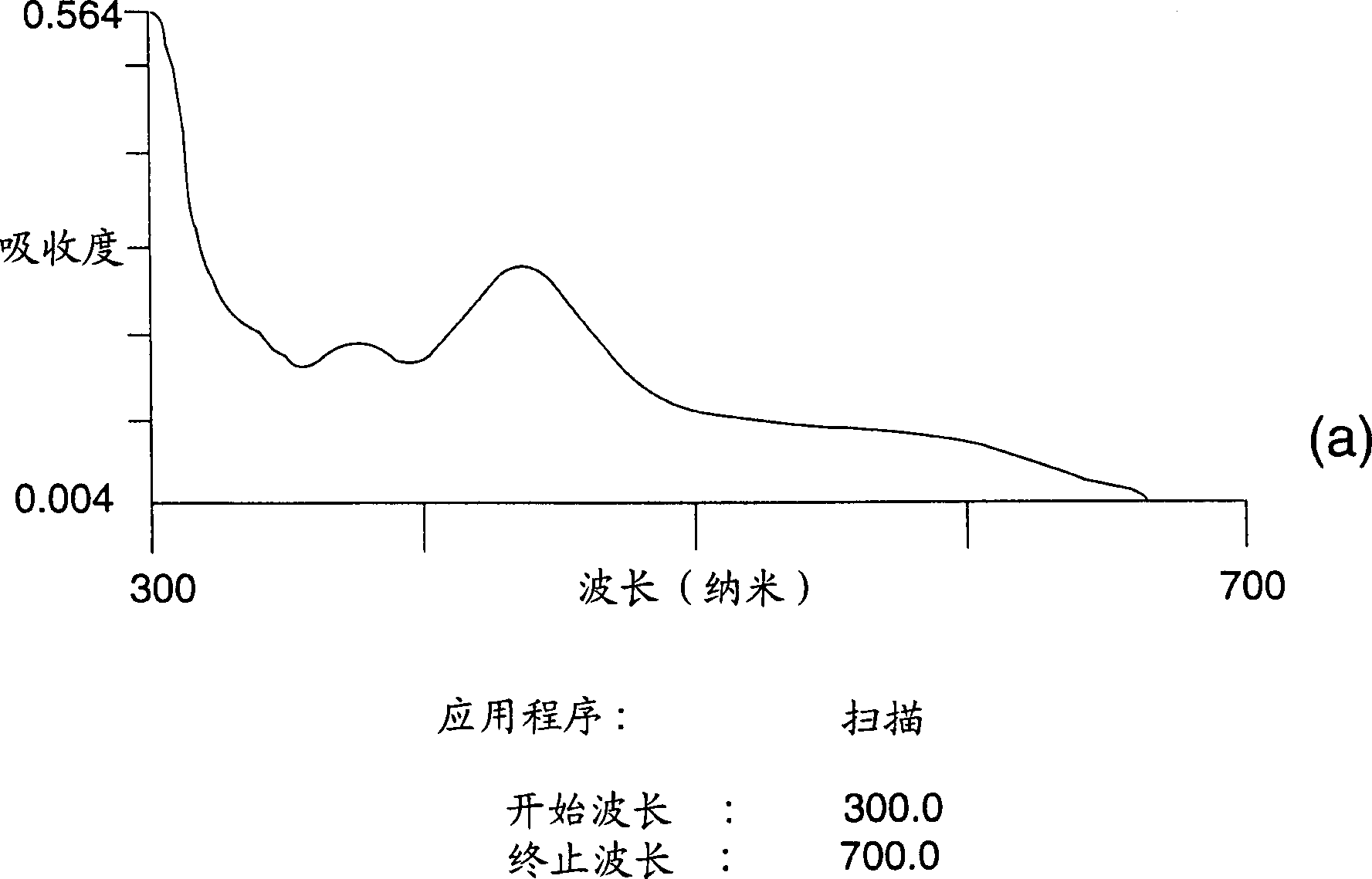A natural fluorescent dye obtained from a marine invertebrate, compositions from a marine invertebrate, compositions containing the said dye and their use
A fluorescent dye and composition technology, applied in the field of extraction, purification and identification of this new dye, can solve the problem of no report of marine animals
- Summary
- Abstract
- Description
- Claims
- Application Information
AI Technical Summary
Problems solved by technology
Method used
Image
Examples
example 2
[0245] Animals were collected from the west and central coast of India at low tide. Bring it to the laboratory, carry out taxonomic identification and keep it in a glass jar filled with seawater with a salinity of 30-32 / par (30%) before further use. Animals are adults and sexually mature. Example 2 extracting pigment
[0246] Tried 2 methods:
[0247] 1) In our initial experiments, animals were frozen at -20°C after collection, and when thawed, some of the pigment went into the tray. Carrying out this operation, according to this method, the pigment can be extracted 3-4 times from the same animal. Figures 1 and 2 show fresh animals and animals that underwent 4 extractions.
[0248] 2) In the 2nd method, wash the animal first with tap water, then with ultrapure water (MQ water). Cut the animal body with sharp shears, and separate the body wall from the internal organs. Peel the skin from the body wall with a sharp razor and store in a -20 °C freezer if not immediately fur...
example 4
[0251] The colored solution was decanted and filtered by means of a peristaltic pump with a glass filter of a microfiltration unit (Vensil make). The filtrate was placed on an orbital shaker and shaken at 200 rpm for half an hour. Example 4 concentrated pigment
example 5
[0252] Then the colored solution was placed on a water bath at 80°C, and concentrated to 1 / 3 of its volume, and the ethanol was also evaporated at the same time. The concentrate was filtered again with the same filter. Example 5 Purification of Dye
[0253] The pigment solution will contain impurities such as NaCl, MgCl 2 , MgSO 4 and other water-soluble compounds. If a polar organic solvent such as ethanol (dehydrated), acetone is added to a concentrated solution of the pigment, it can be seen that the pigment will precipitate rapidly.
[0254] This allows the pigment to be separated from the sea salt. The pigment is thus purified for spectrophotometric analysis.
[0255] The concentrated solution prepared in Example 5 above was placed in a 500 ml separatory funnel for separation, and ethanol (80 ml concentrated supernatant + 100 ml 99.5% ethanol) was added thereto. Tilt the separatory funnel to gently mix the contents and collect the precipitate overnight. The precipi...
PUM
 Login to View More
Login to View More Abstract
Description
Claims
Application Information
 Login to View More
Login to View More - R&D
- Intellectual Property
- Life Sciences
- Materials
- Tech Scout
- Unparalleled Data Quality
- Higher Quality Content
- 60% Fewer Hallucinations
Browse by: Latest US Patents, China's latest patents, Technical Efficacy Thesaurus, Application Domain, Technology Topic, Popular Technical Reports.
© 2025 PatSnap. All rights reserved.Legal|Privacy policy|Modern Slavery Act Transparency Statement|Sitemap|About US| Contact US: help@patsnap.com



